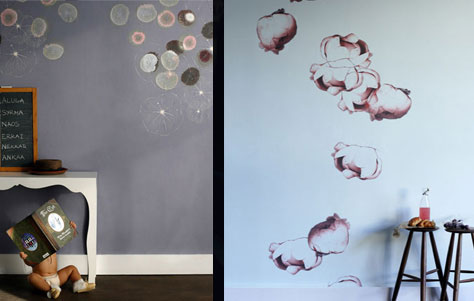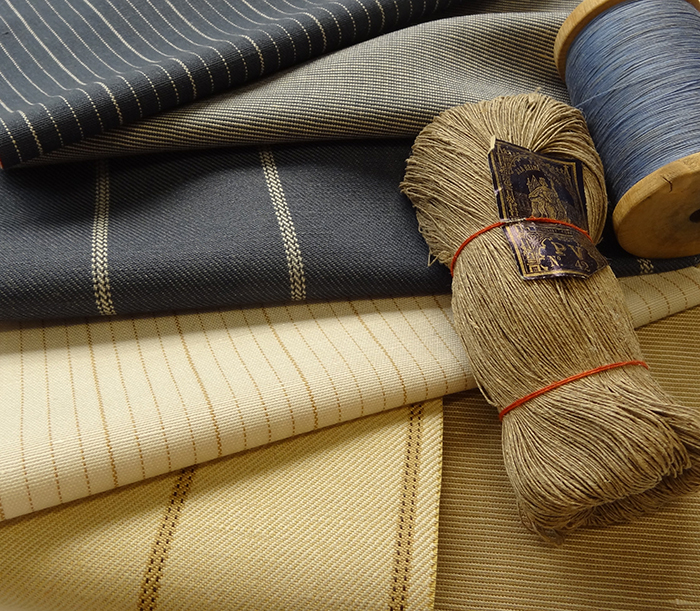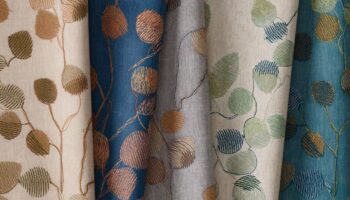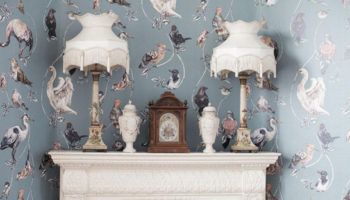Trove’s Redeux Line of Environmentally Friendly Wallcoverings
Here's a tricky quiz question: what is most commercial wallpaper made of? If you answered "PVC" you get a point, and if you can expand that answer to inform that the acronym stands for "poly-vinyl chloride," you get two bonus points. Care to go for the grand prize? Ten points to any who know that production of PVC releases toxins linked to cancer, not to mention that it's difficult to recycle and quite hazardous to dispose of. All considered, I'd say that makes Trove's vinyl alternative Redeux exponentially attractive, especially in light of the airy and ethereal designs that constitute their new line of Redeux wallcoverings.
indi. Designed by Trove.
Sublime Surfaces that are Good for You
The name of Trove's latest innovation might give you some sense as to the nature of the product. The Latinism that is "redeux" has several meanings, each of which revolve around the idea of restoration, reclamation, or re-use, so it's no wonder that Trove's Redeux contains more than 31% post-consumer material, emits no harmful off-gases or toxic VOCs, and recycles easily. Indeed, Trove sponsors a program of reclamation for retired Redeux products, easily integrating them back into the manufacturing chain for a wall covering reincarnation-a "Redeux redux," if you will-or as another industrial material.

alula and errai. Designed by Trove.

indi and alula. Designed by Trove.
All of the above is cause for celebration to be sure, especially if you've ever had an up close and personal experience with heated PVC, but the kicker for the remarkable Redeux is Trove's aesthetic flight of fancy. This takes us back to the "deux" in Redeux, a suffix that's also a common misspelling of "Dieu," which is French for God. That may be a long way around to imply that Trove's initial Redeux offerings-errai, alula, and indi-are like manna from the heavens, but I'm going with it all the same. Each of these patterns has an ineffable, ethereal, spiritual quality that evokes the effervescence of mist, the intangibility of clouds, the boundless flights of birds. The patterns are, in fact, respectively, a floral theme, an oceanic theme, and a faunal theme, but they each share a wondrous strangeness that borders on the surreal. How fitting, then, that these clever re-interpretations of natural phenomena are environmentally friendly.
Via Otto-Otto.




Leave a Reply